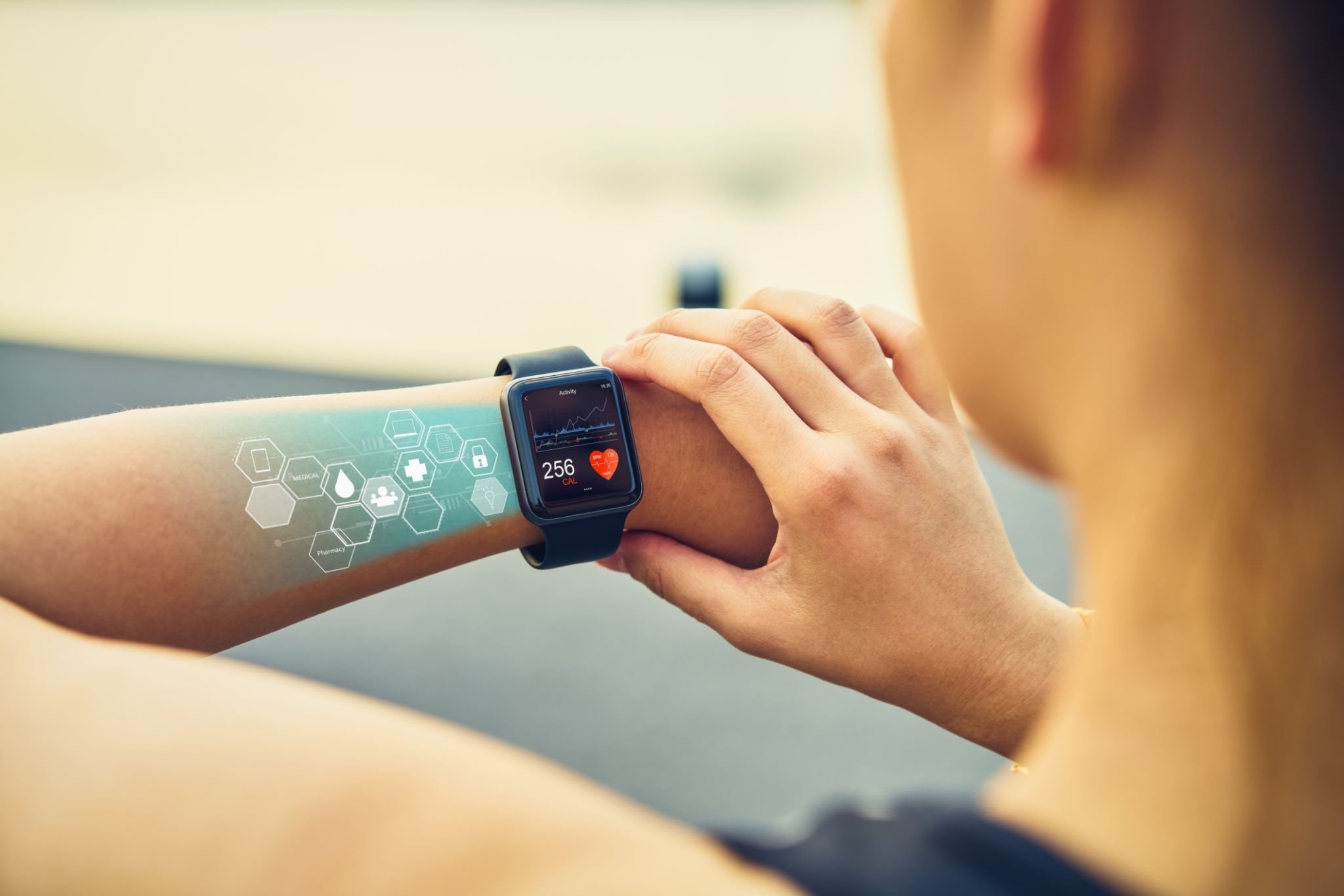Sports are more than just games. They are a reflection of human culture, values, and aspirations. Sports have the power to inspire, entertain, and unite people across the globe. However, sports also constantly evolve, adapting to society’s changing needs and preferences. In this era of rapid technological innovation, sports are undergoing a major transformation, influenced by emerging technologies that are reshaping the athletic landscape.
Technology has always been a driving force behind sports evolution, enabling athletes to achieve new levels of excellence and creating new ways for fans to enjoy sports. However, recently, technology has accelerated its pace of development, creating unprecedented opportunities and challenges for sports.
From wearable devices that monitor biometric data to virtual reality that simulates game scenarios, these technologies enhance athletes’ and fans’ capabilities and experiences.
What are wearables?

Wearable technology has become integral to monitoring sports performance, providing athletes with real-time data and insights. Advanced sensors embedded in smart clothing, wristbands, and footwear can track biometric information, such as heart rate, oxygen levels, and muscle activity.
The data is then analyzed to optimize training routines, prevent injuries, and enhance overall performance. With the evolution of miniaturized sensors and the Internet of Things (IoT), we can expect wearable technology to become even more sophisticated, seamlessly integrating with athletes’ daily lives and providing personalized feedback.
Additionally, wearable technology is not limited to tracking physiological data alone. Athletes can also benefit from wearables that monitor technique and form, providing instant feedback for improvement.
Smart goggles for swimmers, for example, can measure stroke efficiency, streamline position, and lap times, helping swimmers refine their technique. With wearables advancing, they will likely become more intuitive, providing real-time suggestions and coaching cues to optimize an athlete’s performance.
Moreover, wearable technology extends beyond individual athletes to team sports. GPS-enabled trackers can monitor the position and movements of players on the field, offering valuable insights into tactics, positioning, and workload distribution.
Coaches can analyze this data to make data-driven decisions, design effective strategies, and enhance team performance. With the increasing sophistication of wearable tech, it has become an indispensable tool for athletes and teams aiming to achieve their full potential.
Virtual Reality (VR) and Augmented Reality (AR)
Virtual and augmented reality transform how athletes train and fans experience sports. VR allows athletes to simulate game scenarios, providing a safe and controlled environment for skill development and strategy refinement. Athletes can absorb themselves in virtual arenas, facing opponents of varying abilities and styles, to sharpen their reaction times, decision-making skills, and adaptability. VR training can also be applied to physical rehabilitation, allowing patients to regain strength and mobility in virtual environments.
AR enhances the spectator’s experience by overlaying digital information in the real world. Fans can access real-time statistics, player profiles, and replays through smartphones or specialized AR glasses.
Augmented reality can bring historical moments to life, allowing fans to witness iconic sporting events as if they were there. Also, AR technology can create interactive games and challenges for spectators, fostering engagement and interactivity during live events. With VR and AR technologies improving, we can anticipate more immersive and interactive sports experiences, blurring the line between the physical and digital worlds. Even betting apps and websites have integrated VR and AR to give players a more realistic feel. If you are looking to experience this immersive gaming, here’s a BetMGM Bonus Code to get you started.
Biomechanics and Motion Analysis
In the ever-changing world of sports, players are always looking to improve their performance. That’s where biomechanics and motion analysis come in, using state-of-the-art technology to transform athletes’ training and competition. These advanced tools examine every aspect of an athlete’s movements, from how they stride to the angles of their joints.
Through collecting valuable data, coaches, and scientists can gain important insights into an athlete’s performance, helping them improve techniques and avoid injuries. From Olympic stars to amateur enthusiasts, biomechanics and motion analysis have the power to take sports performance to new heights by guiding athletes to reach their full potential by understanding their bodies in motion.
Artificial Intelligence (AI) and Machine Learning

Artificial intelligence and machine learning have revolutionized sports analytics, empowering teams and coaches with powerful data analysis and decision-making tools. AI algorithms can process vast amounts of information, identifying patterns and generating actionable insights that were previously inaccessible.
Machine learning algorithms can analyze player data, such as performance metrics and historical records, to uncover patterns and trends humans may overlook. This allows coaches and trainers to tailor training programs and strategies to individual athletes’ strengths and weaknesses. AI-powered coaching assistants and virtual trainers are becoming more prevalent, providing personalized guidance to athletes, no matter their level of expertise.
AI is not limited to on-field performance analysis. It is also being used in injury prevention and rehabilitation. AI algorithms can identify potential injury risks and provide recommendations to mitigate those risks by analyzing biomechanical data and historical injury records. It enables athletes to make informed decisions regarding their training load, technique, and recovery protocols, ultimately reducing the likelihood of injuries and enhancing longevity.
Technology plays a vital role in shaping the future of sports, creating new possibilities and opportunities for athletes and fans. It enhances athletes’ performance, training, and recovery, providing them with data-driven insights and feedback. It also creates new ways for fans to experience and interact with sports, offering them immersive and personalized experiences. Technology is also transforming sports broadcasting and the media landscape, providing viewers with more dynamic and engaging perspectives.
In conclusion, Technology is not only a tool but also a partner in sports. It can empower athletes to achieve their goals, inspire fans to enjoy their passions, and connect people across the globe through sports. It can also challenge athletes to overcome their limits, motivate fans to participate in sports, and foster social change through sports.
Related Posts:
- How AI is Taking Customer Service Up a Notch
- The Benefits of 3D Product Visualization for Furniture Business
- Rev Journeys: A Decade of Transformative Travel & Hospitality IT Solutions
- Robust Apps & Training Beyond the Classroom: The Power of Blended Learning in Healthcare
- Effects Of Digitization Changing The Way We Conduct Business
- Best Way To Safeguard Your AI-powered Smart Home Devices
